Meet the Kayapo forest team
Equipe da Bà: Alliance Between Technology, Knowledge, and Ancestral Wisdom to Conserve the Mēbêngôkre Forest
The Kamoktidjam village, located on the banks of the Xingu River in the Kayapó Indigenous Territory, was the center of the 2024 season of the “Equipe da Bà/Ba Kam Mē Bà Djwynh” project, a program that combines the use of audiovisual technology and traditional knowledge to strengthen environmental conservation. From July 25 to August 22, 2024, more than 40 Mẽbêngôkre from 13 villages actively participated in a journey that combined walks in the forest with learning about audiovisual monitoring technologies, such as the use of trail cameras, nature photography, and drones, along with the ancestral knowledge passed down by the elders (mebengêt).
The initiative promotes income generation for the community through an Intercultural Ecotourism initiative developed this year simultaneously at Xingu Lodge, managed by partners from @xingulodge, with 10 visitors from different countries as part of the Intercultural Ecotourism Program. These visitors included international education instructors, nature photographers specializing in birdwatching, and biology researchers. The program stands out as a conservation model that recognizes the connection between Indigenous knowledge and science, promoting a significant socio-environmental impact.

A Conservation Project and a Journey of Knowledge
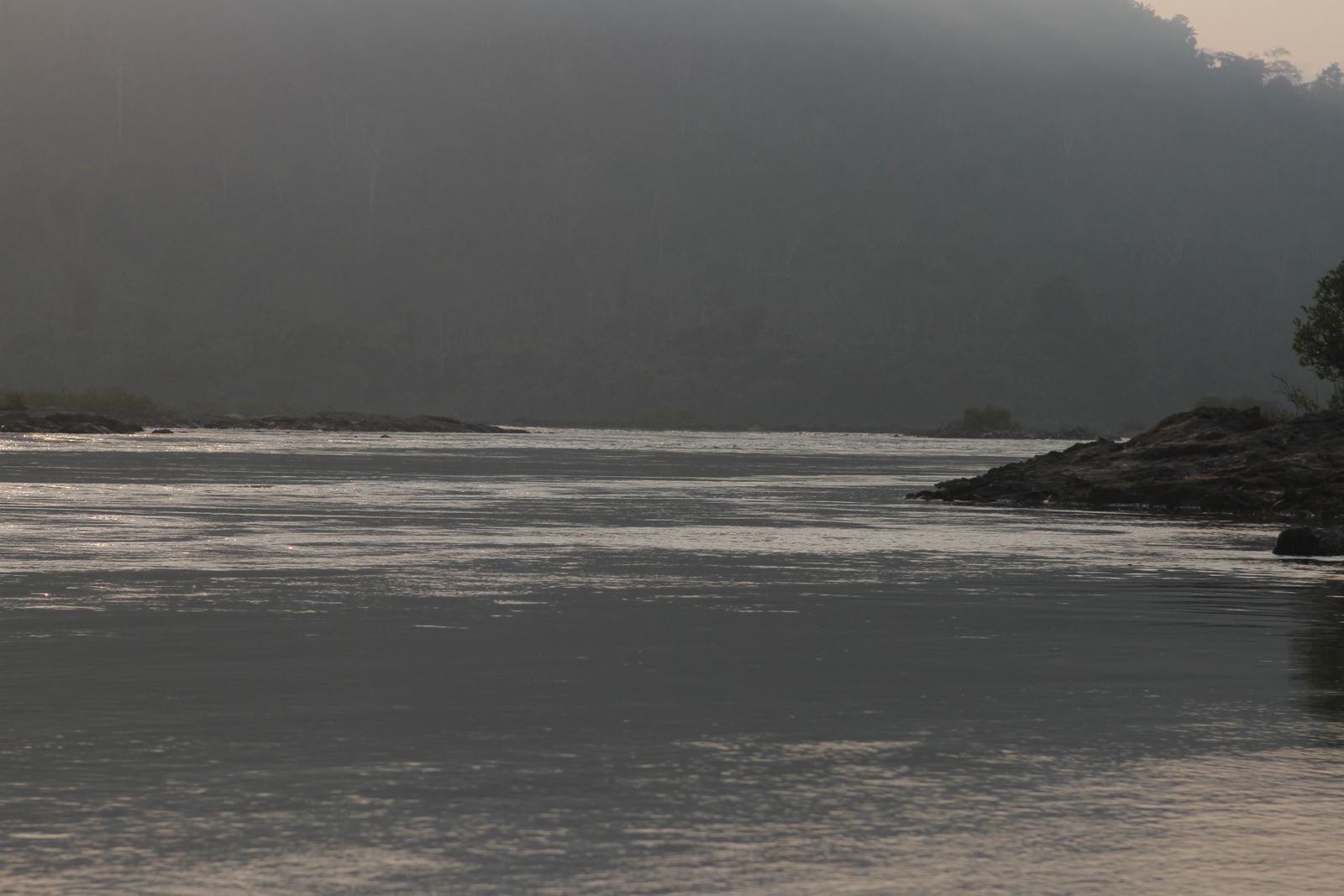
The program is a joint initiative of the community from the thirteen villages of Xingu in the Kayapó Indigenous Territory, the Kayapó Project, the ICFC – International Conservation Fund of Canada, and the Associação Floresta Protegida, under the coordination of conservation scientist Natalie Knowles. The 2024 season of the “Equipe da Bà” project was carefully structured to provide a deep immersion in the knowledge about the biodiversity of the Mẽbêngôkre territory, around the Kamoktidjam village. Over 40 members from the Pykãrãrakre, Kawatire, Kakore, Kruwanhongo, Kawatire, Kokotkrere, Kamure, Kri-nhô-ere, Pokrô, Madjyre, Kokrajmôro, and Kamoktidjam communities, Xingu villages, participated in the activities. Through activities involving young people and elders in walks through the forest, the initiative promoted a rich learning journey, reinforcing the commitment to conserving the Amazon and protecting its natural resources.
Stay Connected to the Amazon
Sign Up for Powerful Kayapo Field Reports
Morning Trails, Afternoon Tech
The activities were divided into two main axes: morning walks in the forest, where participants followed trails, identified species, and installed monitoring trail cameras, and afternoon workshops focused on handling technologies and making traditional crafts. At night, activities included reviewing captured images, Mẽbêngôkre film sessions, and stories told by the elders.
These activities provided technical learning to the youth, strengthening the connection between different generations. Under the guidance of the mebengêt (the elders), the youth learned about medicinal plants, remedies, animal tracks, and places of cultural importance while using technologies to document and monitor biodiversity. “This is my first time working here. Working here is good for young people because those who work on the project can learn to use technology, like drones. That’s why each village has a mebengêt, who can teach the names of trees, remedies, and things from the forest. The young can accompany the mebengêt in the forest, and they will not forget. Mejdjwyj (a slang term referring to something truly good, beautiful, and right).” This combination of knowledge is crucial for preserving the forest, which remains one of the last refuges for numerous species of fauna and flora, many of them endemic and endangered.


One of the highlights of the season was the opportunity offered to the young Mẽbêngôkre to act as guides for ecotourists who visited Xingu Lodge as part of the Intercultural Ecotourism program, another partnership of the Kayapó Project with the Associação Floresta Protegida. This experience prepared the participants for future tourism initiatives, providing valuable insights on how to enhance ecotourism projects in the region. By leading visitors through the forest, the youth benefited from a rich exchange of knowledge. One ecotourist, a professional photographer, offered a workshop on pinhole cameras, while a biologist shared detailed information about animal trails. This interaction strengthened the bridge between traditional knowledge and conservation technologies.
The group dynamics, composed of participants from different villages, also promoted solidarity and collaboration among communities, strengthening cultural and social ties. By using new technologies, such as trail cameras, the youth had the opportunity to learn and recall stories and knowledge passed down by the mebengêt (elders), ensuring that ancestral wisdom continues to be preserved and valued.
Advanced Technology for Forest Conservation
The Indigenous Lands of the Mēbêngôkre people, spanning over 10.6 million hectares, constitute one of the largest contiguous blocks of tropical forest in the Eastern Amazon. Located in the so-called “Arc of Deforestation,” specifically in the Xingu socio-biodiversity corridor, a critical region in the Amazon, this area faces constant deforestation pressures due to agricultural expansion, illegal mining, and logging. However, thanks to the presence of the Mēbêngôkre and other Indigenous peoples and traditional populations in the basin, and the territorial control exercised by these communities, this area remains largely intact, playing a key role in climate regulation and maintaining biodiversity, including transition biomes between the savannah and Amazon rainforest, as well as an important variety of endemic species.
The “Equipe da Bà” project emerges as a response to these threats, combining technology and traditional knowledge to protect the forest. The use of trail cameras and drones, guided by the wisdom of the elders, allows for effective and targeted surveillance that not only protects the territory but also generates invaluable scientific data. This information is shared with researchers and conservationists, contributing to global science and strengthening conservation strategies.
The project demonstrates that the union between technology and tradition can be a powerful force in the struggle for environmental and cultural preservation. By empowering the new Mẽbêngôkre generations to protect their land, the project not only ensures the continuity of ancestral knowledge but also strengthens the cultural identity of the involved communities. The ecological importance of this 10.6-million-hectare block of land goes beyond species preservation; located in the Xingu basin, it plays a crucial role in climate regulation and maintaining the water cycles of the Amazon.
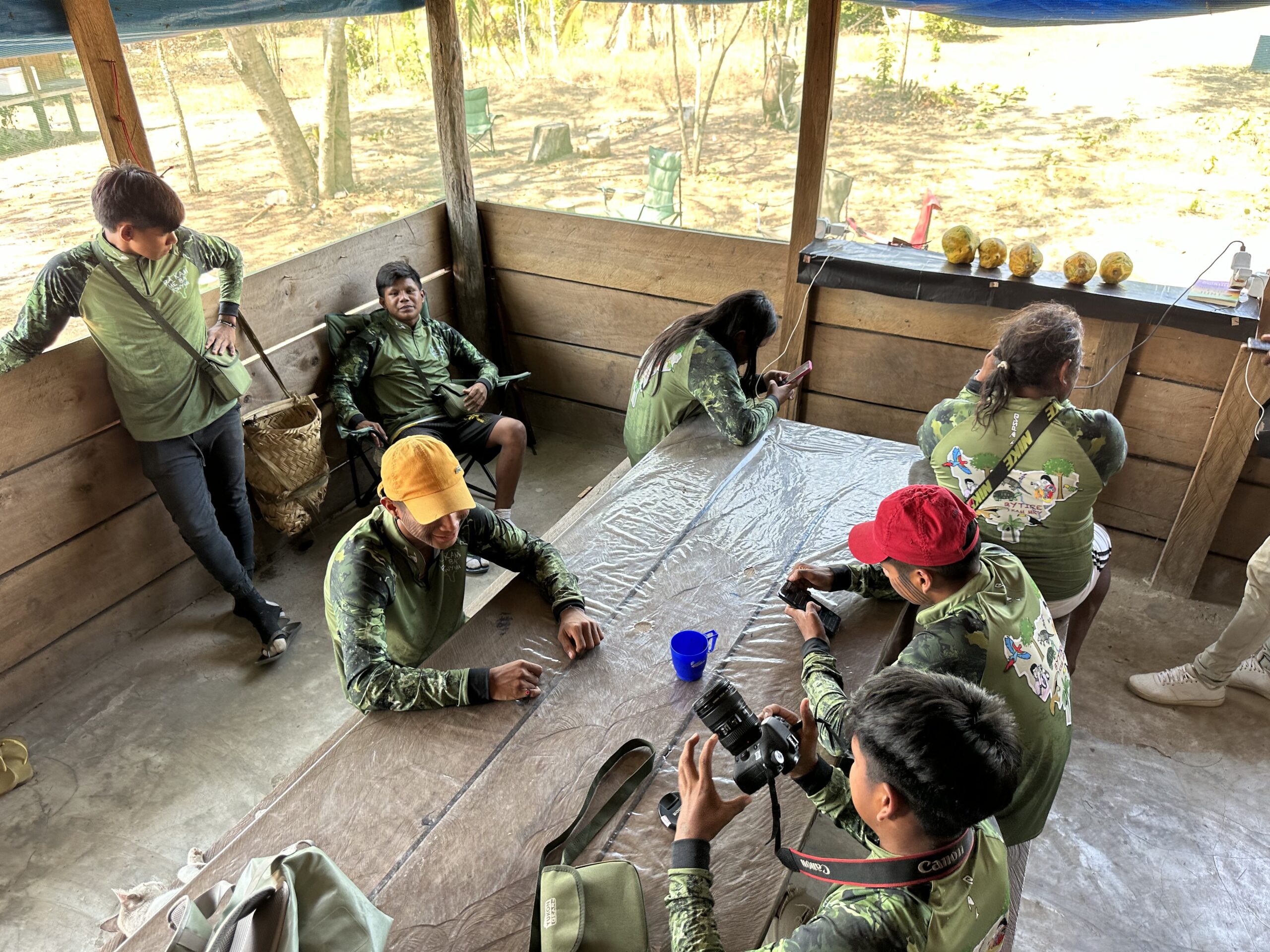

Building a structured curriculum for the “Equipe da Bà” project is essential to ensure the continuity and effectiveness of this initiative. Many Mẽbêngôkre have valuable ideas on how the program can be used to preserve and transmit forest knowledge. By including these voices and experiences in creating a curriculum, the project respects the community’s priorities and values while ensuring that the knowledge considered most important by the Mẽbêngôkre themselves is perpetuated.
The success of the “Equipe da Bà” project reaffirms that tradition and innovation are not opposing forces but rather complementary, and that cultural resistance remains a vital force in the fight for environmental conservation and the survival and dignity of Indigenous peoples. By strengthening these practices, the “Equipe da Bà” has the potential to become a model for other Indigenous communities facing similar challenges, promoting a future where culture, knowledge, and nature can thrive together.
Biodiversity thrives in Kayapo's Indigenous Territory
Kayapo Project Conservation and Biodiversity Benefits
“We Kayapó indigenous people want to preserve our forest because we need everything the forest gives us. The forest needs to be protected to preserve our lives. The forest, which we call Bà, Bà Jabatoj, Bà akamat kà tyk, bà prek is our big forest, our dense, closed forest, our tall forest and this forest energizes our people. We want to preserve the forest for our livelihoods. The forest creates the rain we need. Without the forest there will be no more rain, we will catch fire.” Akjaboro Kayapó, Mrybari village
Kayapo territory is the last large block of forest and refuge for biodiversity surviving in the southeastern Amazon. Kayapo livelihood and culture depends on the intact forest and riverine ecosystems they fight to protect. Kayapo territory is large enough to support viable populations of preferred game species such as the white-lipped peccary and tapir that range over large areas and are sensitive to hunting. The size of Kayapo territory means that most is not hunted. Of conservation significance as well, Kayapo lands protect over two hundred kilometers (125 miles) of the Xingu river from degradation by deforestation, pollution and over-fishing. As many as 1,500 fish species, including many endemics, inhabit the Xingu River. Fish are the most important source of protein for local people.
Perhaps most critically important for conservation is that most Amazon tree species require very large landscapes to maintain viable populations. The great majority of Amazon tree species occur at low densities of less than one individual per ha locally; but have high absolute population sizes across landscapes. Furthermore, most depend on co-evolved animal vectors for pollination and seed dispersal across large inter individual distances –small areas do not contain enough individuals or viable animal vector populations for regeneration of many forest tree species over the long-term. The dauntingly intricate web of interdependence among Amazonian species requires large areas to function and persist.
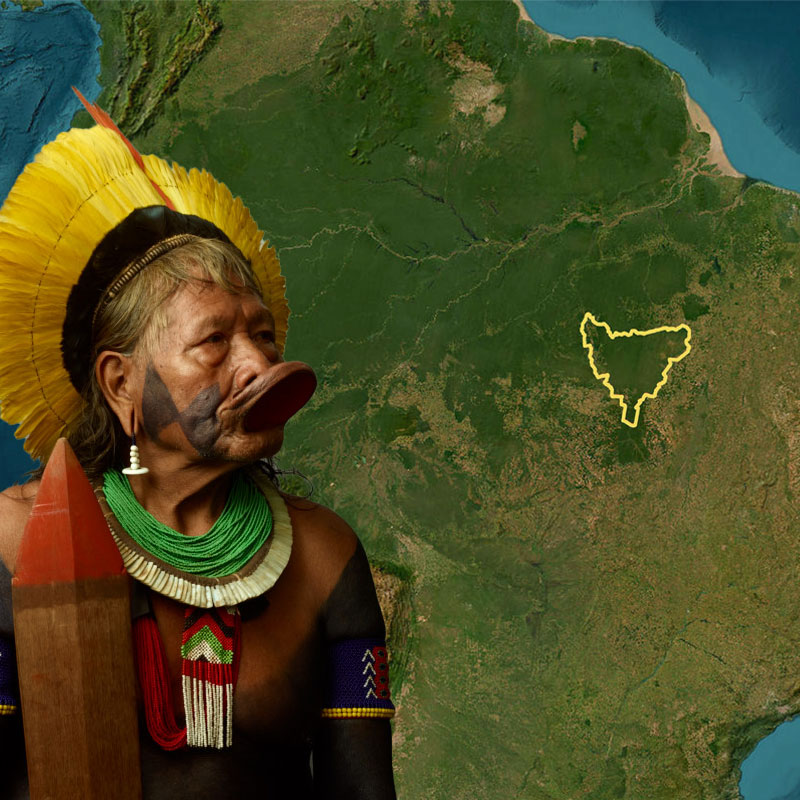
With 90,000km2, Kayapo’s protected territory is comparable to the size of countries like Ireland, South Korea, or the US State of West Virginia. Photo: Martin Schoeller
“The preservation of our forest is important so that we can continue to live in nature. The forest needs the indigenous people and we indigenous people need the forest, the rivers, the fish, our supermarket is the forest where we get our food, our fruits, our fish, our game so that we can feed our families. We indigenous people are fighting for the rights of nature and the rights of us indigenous people, but for that we need support”. Bepunu Kayapó, Mojkarakô village
A few of the high profile endangered or threatened species protected in Kayapo Lands are: giant otter, giant armadillo, utahicki saki monkey, white whiskered spider monkey, hyacinth macaw, harpy eagle, and several high value timber species such as mahogany and ipe.

Blue-throated Macaw
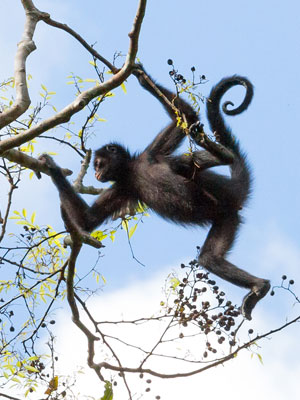
White-cheeked Spider Monkey
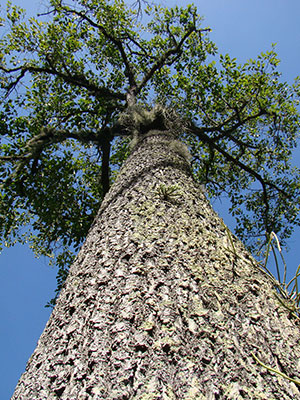
Brazil Nut
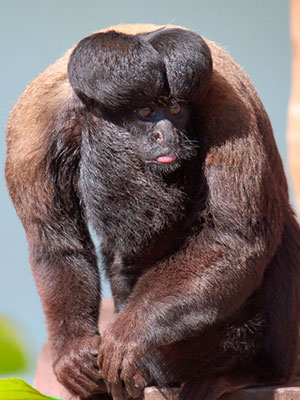
Utahicki Saki Monkey

Jaguar

Giant Otter
“In the past, we spoke the language of the animals and they spoke to us. Nowadays, we talk to them and they tell us what they feel by moving their head and their limbs with small movements. We ask and they tell us if they are suffering, if they are hungry, if they are sick. That is how animals talk to the Kayapó” – Panh Ô, Bau village
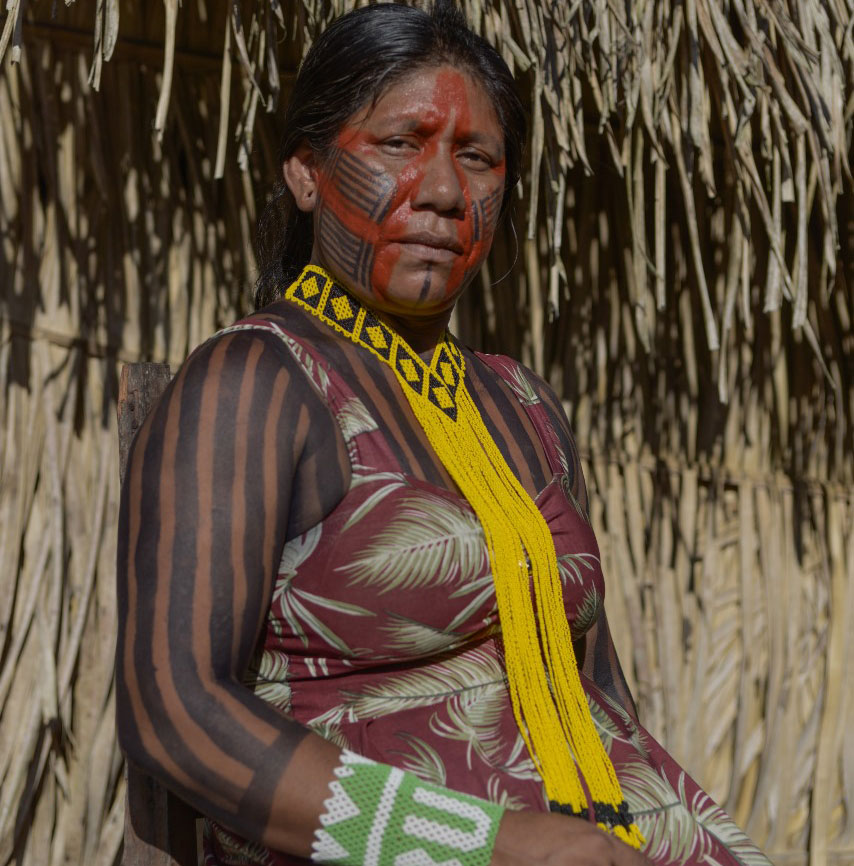
Panh Ô, Photo: Karina Iliescu/Global Witness
Kayapo Culture and Territorial Protection
Historically, the forest and rivers provided the warrior Kayapo with all their needs: food, shelter, medicine, weapons, beliefs, and ornaments for their rich social life. Today, 50 years post contact with outside society, the Kayapo have come to need manufactured goods and technology that they must buy in local frontier towns. Insertion of a monetary economy into Kayapo life changes things dramatically -and yet, Kayapo culture and attachment to the forest remains essential. Kayapo cosmology integrates plants and animals into their daily lives. For example, intricate body painting motifs using the genipap fruit typically represent different fish and animal species. Participants in elaborate community rituals embody different animals including tapirs, monkeys, anteaters, birds, and fish. What all this means is Kayapo culture is inextricably linked to the territory they fight to protect.
“We have been like this since before the arrival of white people, when we lived in the forest. The forest has always been here and we have always been in it. There were no farms here, no white people, nothing like that. It was just forest. The forest and the Kayapo are the same thing. If the forest is gone, the Kayapo are gone. We are Kayapó. This is our tradition. In our land we have Brazil nuts, yams, bananas, potatoes, fish and game meat. All good things still exist. There is good land for our gardens. There are ingá and palm hearts in the forest. No one is going to take that away from us. Let’s keep doing our thing. That’s why we have to fight together, that’s what we have to think about. We Mẽbêngôkre-Kayapó will defend and protect our land.” Rotkàre, Kedjerekrã village
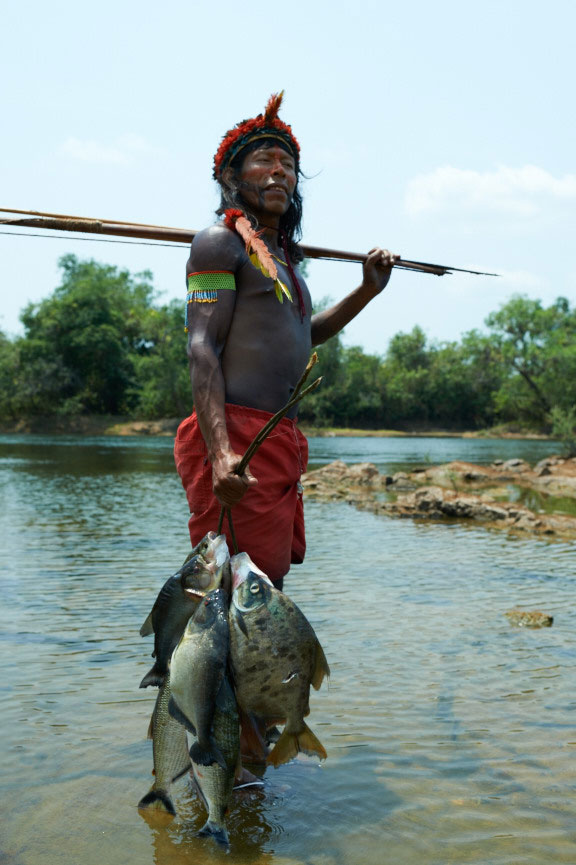
Photo: Martin Schoeller
Conservation and Indigenous Peoples: The Kayapo

Photo: Simone Giovine
“We want to tell the kubẽ (white men) to listen, to respect our rivers, our forests, our land for where there is goldmining it is worse for us because we can get sick. The relatives who live where there is gold mining are already sick. There is a lot of mercury contamination in fish. That’s why I don’t want goldmining in my village” – Oro Muturua, Mojkarakô village
There is widespread recognition of the importance of Indigenous peoples for protecting forests, biodiversity, and carbon sequestration.The Kayapo people of the Brazilian Amazon exemplify how Indigenous peoples, when empowered and supported, can serve as effective guardians of vast territories, protecting not only their cultures and livelihoods but also preserving high biodiversity ecosystems.
The Kayapo are one of the world’s most successful forest conservation stories. In the early 2000’s the Kayapo indigenous people living on over nine million hectares (23 million acres) of their ratified indigenous territory chose to ally with the conservation movement and gain capacity for continuing to protect their vast territory in the highly threatened and lawless southeastern Amazon. The mission of the alliance, known as the “Kayapo Project,” is to ensure Kayapo cultural, economic, political, and territorial autonomy. The Kayapo are unconquered and the alliance strives to keep it that way.

The Kakakuben guard post on the Pitxaxa river, western TI Menkragnoti
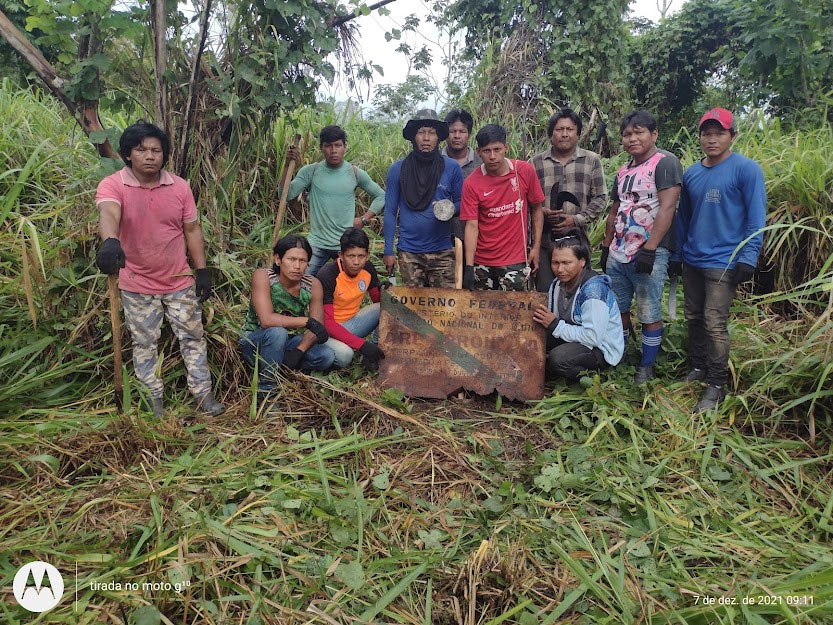
The Kayapo Project is led by three local Kayapo NGOs, the Protected Forest Association, Kabu Institute, and Raoni Institute , representing respectively the northeastern, northwestern, and southwestern Kayapo communities. Kayapo NGOs work in partnership with the International Conservation Fund of Canada (ICFC), Re:Wild, Environmental Defense Fund (EDF), Conservation International (CI) and others for investment to empower territorial control and sustainable management. Kayapo Project strategy relies on four main lines of action:
- Institutional Strengthening and Capacity Building of three Kayapo NGOs
- Territorial Monitoring and Control (Surveillance)
- Development of Equal Opportunity
- Sustainable Economic Enterprises
- Political Action and Legal Support
“We Kayapó preserve the forest that we live in. We need to feed ourselves, we need to hunt, fish and that’s how we live. We cannot destroy our forest” Kajkware Kayapó, Mojkarakô village


